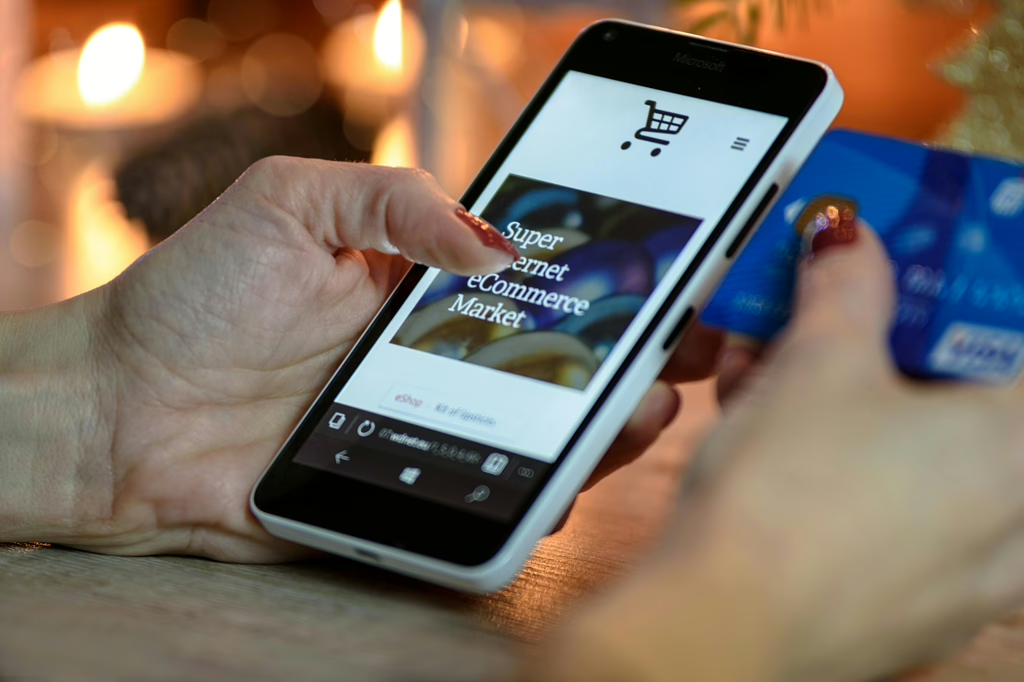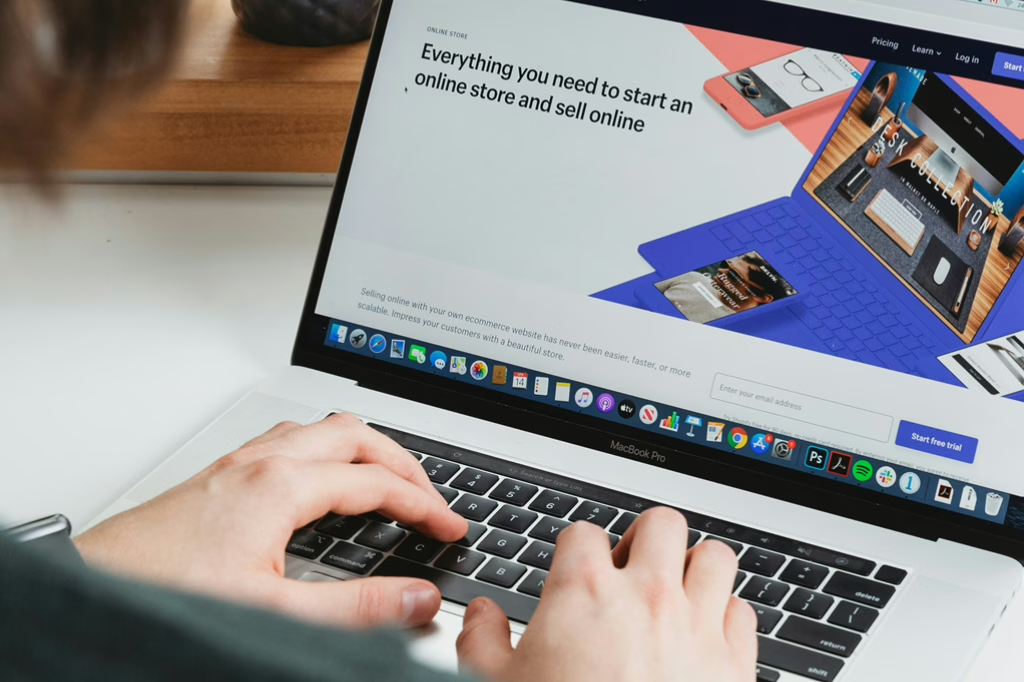
The 10x Growth Formula: Why Your 2025 Business Needs to Be a Brand, Not a Hustle
A deep dive into how small businesses and solopreneurs can build an irresistible brand to achieve exponential growth in an AI-driven world.
The world of business is changing faster than ever. As AI becomes an integral part of virtually every aspect of life and commerce, the need for businesses to stand out and build a vibrant, human-centric brand is no longer a luxury. It’s a fundamental necessity.
At Muumba Web Digital, we’ve been stressing this message to our clients for years: the difference between a business that merely survives and one that achieves exponential, 10x growth is its brand. Whether you’re a startup, a small business, or a solopreneur, your brand is the most powerful asset you can build.
This article is for you. We’ll break down what branding truly means and how you can use it to your advantage in an AI-driven world.
What is a Brand? What is Branding? What's the Process of Brand Building?
These two terms are often used interchangeably, but they have distinct meanings:
- A Brand is the gut feeling, the perception, the emotional connection people have with your business. It's not what you say it is; it's what they think it is. Your brand is the sum of every interaction a customer has with your company, from your logo and website to your customer service and the quality of your product. Think of it as your company's reputation.
- Branding is the deliberate, strategic process you undertake to shape that perception. It's the active work of building your unique identity, defining your values, and consistently communicating them to your target audience. Branding is the entire toolkit you use - your logo, color palette, brand voice, content strategy, and customer experience - all working in harmony to create a specific, lasting impression.
- Define Your Purpose: Before any visuals are created, you must have a clear "why." What is your mission, vision, and core values?
- Know Your Audience: Identify your ideal customer. What are their demographics, psychographics, needs, and pain points?
- Conduct Competitor Research: Understand the market landscape. What are your competitors doing well, and where are the opportunities for you to stand out?
- Develop Your Brand Identity: Based on your research, create your brand's unique personality, voice, and visual elements (logo, colors, typography).
- Create Your Brand Story: Weave your purpose, values, and identity into a compelling narrative that connects with your audience.
- Apply Consistently: This is where the hard work pays off. Ensure your brand is reflected in every single touchpoint—your website, social media, email campaigns, and more.
What is Branding Strategy? What is its Process and Elements?
A branding strategy is a long-term plan for how your brand will achieve its business objectives. It’s the “master plan” that guides all of your branding efforts. It’s not just about a logo; it’s about the overarching goal of becoming memorable and indispensable in the eyes of your customers.
The process of creating a branding strategy involves:
- Discovery & Audit: Analyzing your current market position, brand perception, and competitive landscape.
- Defining the Core: This is the most critical phase. You establish your brand's purpose, mission, vision, and core values.
- Positioning: Deciding how you want to be perceived relative to your competitors. This includes your unique selling proposition (USP).
- Messaging: Crafting the key messages, tagline, and brand story that will be used across all communications.
- Implementation: Putting the strategy into action across all departments and touchpoints.
Key elements of a branding strategy include:
- Brand Purpose: The "why" behind your business.
- Target Audience: The specific people you are trying to reach.
- Brand Positioning: How you stand out from the competition.
- Brand Voice & Personality: The tone and style of your communication.
- Brand Story: The narrative that creates an emotional connection.
- Visual Identity: The tangible design elements that make your brand recognizable.
How Does Marketing Help Build a Brand?
Marketing is the megaphone for your brand. While branding is the long-term, foundational strategy, marketing is the tactical execution that brings your brand to life in the marketplace.
- Spreading Awareness: Marketing campaigns introduce your brand to new audiences and ensure you stay top-of-mind with existing ones.
- Consistent Communication: Effective marketing ensures your brand's voice, visuals, and messaging are consistently communicated across all channels, from social media to email to paid advertising.
- Telling Your Story: Marketing content, whether a blog post, a social video, or a case study, is how you share your brand's purpose and values in a way that resonates with your audience.
- Driving Engagement: Marketing creates opportunities for your audience to interact with your brand, fostering a community and building emotional connections that lead to brand loyalty.
How Does Brand Building Impact a Business' Strategy and Planning?
- Guides Decision-Making: Your brand's purpose and values act as a compass, guiding every decision you make, from product development and pricing to hiring and customer service policies.
- Enhances Competitive Advantage: A powerful brand creates a barrier to entry for competitors. It’s difficult for rivals to copy your reputation, customer trust, and emotional connection.
- Improves Recruitment & Retention: A strong brand attracts top talent who align with your mission. Employees who are proud to work for your brand become its best ambassadors.
- Increases Business Valuation: Brand equity is a key driver of business value. A well-known, trusted brand can command higher prices and attracts more investment.
How to Mobilize the Business to Embrace and Buy into the Branding Process?
A brand cannot thrive if it’s confined to the marketing department. True brand power comes from a unified, company-wide commitment. To mobilize your team:
- Start with the "Why: Don’t just present the new logo; explain the purpose behind it. Help every employee understand why the brand matters and how it connects to their work.
- Involve Them in the Process: Get employee feedback through surveys or small focus groups. When people feel heard, they are more likely to buy in and champion the final result.
- Create a Brand Guidebook (For Everyone): Develop a clear, easy-to-use guide that defines the brand's voice, values, and visual style. Make it a resource, not a rulebook.
- Lead by Example: The leadership team must embody the brand's values in their actions, communication, and decision-making. Your culture is your brand.
- Celebrate Successes: Share stories and examples of how the brand is positively impacting the business, from a great customer review to a new client win. Show your team that their efforts are working.
A Self-Assessment for Your Business: The Brand Strategy Questionnaire
Many small businesses find themselves with a collection of brand elements, such as a logo from a friend, a website built in a late-night rush, or templates for flyers, that were never created with an integrated brand strategy in mind. These individual pieces often clash, confusing customers and hindering growth.
At Muumba Web Digital, we work with you to bring all of these pieces together into a cohesive, impactful brand. As you consider your own business, ask yourself these essential questions. They are designed to get you thinking strategically about your brand and will be the starting point of our conversation.
Mission & Purpose
- What is the core purpose of your business? What problem do you solve for your customers?
- Beyond making money, what is the mission and vision for your company?
- What are the core values that guide every decision you make?
Target Audience
- Who is your ideal customer? Describe them in detail (age, occupation, interests, goals).
- What specific needs or pain points does your business address for this audience?
- Where does your audience spend their time online and offline?
Competitive Landscape
- Who are your main competitors? What do they do well?
- How is your business different from them? What is your unique selling proposition (USP)?
- What makes your business better, faster, or more valuable than the alternatives?
Current Brand Assets & Perception
- What is the current state of your brand's visuals (logo, colors, fonts)? Do they feel cohesive?
- Does your website, social media, and other marketing materials all tell the same story and reflect the same values?
- How do you think your customers currently perceive your business? What words would they use to describe it?
- What is one thing you would change about your brand's current visual identity or messaging?
Answering these questions is the first step toward building a brand that is not just a logo, but a living, breathing asset that drives your business forward. A brand is not a one-time project; it’s a living roadmap for your business’s future. It’s a continuous process of nurturing, refining, and strengthening your connection with your audience.
Conclusion
The hustle of starting over every day is a race to nowhere. The true path to sustainable, 10x growth in an AI-driven world is through building a vibrant, intentional brand. Branding is the strategic work that ensures your business is not just a commodity, but an irresistible force that customers trust and love.
At Muumba Web Digital, we are not just web designers; we are brand builders. We partner with small businesses and solopreneurs to craft an irresistible digital presence that brings their unique brand to life. Stop hustling and start building. Let’s create something amazing, together.
Join Our Email List!
Stay ahead of the curve! Subscribe to our newsletter for exclusive deals, expert digital marketing insights, and the latest technology trends and updates.
Hal Ngoy
Founder & CEO of Muumba Web Digital Entrepreneur. Kingdom Builder. Transformational Mentor. My passion is to inspire radical, inside-out transformation that awakens people to their divine potential and destiny. As Founder & CEO of Muumba Web Digital, I lead a creative branding and digital marketing agency dedicated to helping brands grow through strategic design, marketing, and web development. Rooted in Kingdom entrepreneurship, my work is built on excellence through transformation, not just for profit, but to build a legacy and advance societal renewal.
All Posts



